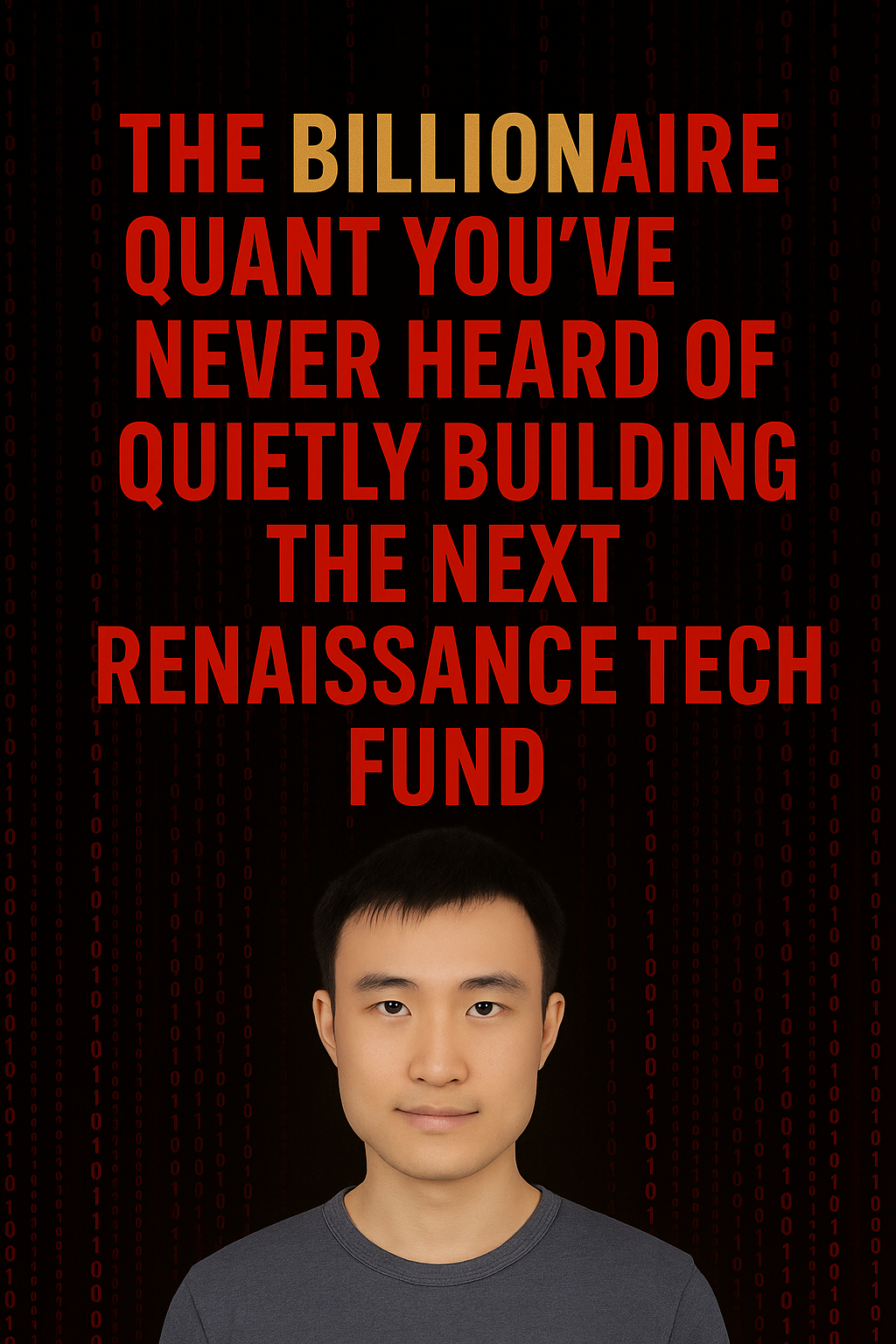Your basket is currently empty!
Reading time: 7 minutes
Hao Zhang might not be a name you recognize, but in the world of elite hedge funds and machine learning trading engines, he’s already a legend. The man who spent 17 years building the crown jewel of Two Sigma’s trading systems has now quietly left to build a new beast: Hippocampus Capital
And if you’re paying attention, you might be witnessing the birth of the next Renaissance Technologies
From China to Caltech to Quant Royalty
Zhang’s journey didn’t begin on Wall Street. It began in China, before moving through a rigorous academic path few can match. He transferred to Caltech, then earned a PhD in computer science from UC Berkeley. But academia wasn’t his end goal. He had bigger ideas, and the capital markets were the perfect playground
Behind the closed doors of Two Sigma, Zhang wasn’t just another quant. He was the architect of their most secretive and profitable unit. Over 17 years, he developed machine learning systems that did what few others could: detect nonlinear, adaptive patterns in markets long before anyone else
Billions Engineered in Silence
The trading models Zhang created weren’t simple momentum or mean-reversion systems. They were deep-learning, ensemble-based frameworks designed to shift dynamically with changing markets. His systems tracked price, volume, macro data, and any movement they could find. They used meta-modeling and sometimes even reinforcement learning to continually evolve
These weren’t static bots
These were self-correcting financial engines, learning, adapting, and rebalancing automatically to produce billions in profit over time
His infrastructure wasn’t cheap. It relied on massive data pipelines, research teams, and cutting-edge compute using TPUs and GPUs. But the returns justified every penny. Zhang’s models became Two Sigma’s internal benchmark
The Fall of a Giant
But in late 2024, turbulence hit Two Sigma
Internal feuds erupted between founders. The SEC delivered a $90 million penalty. A rogue researcher tampered with internal models. Key executives started leaving. Zhang saw the storm coming. With flawless timing, he exited quietly. No interviews. No media trail
Just results
And a new mission
Hippocampus Capital: The Quiet Birth of a Titan
Zhang’s next chapter is Hippocampus Capital Management, a new hedge fund set to launch in 2026. The name itself is symbolic. The hippocampus is the brain’s memory center, responsible for pattern recognition over time. What better metaphor for a quant fund
But make no mistake. This isn’t just another startup fund. This is the brain trust behind Two Sigma finally going independent
To build something like this, you need three things:
Capital. Talent. Infrastructure
Zhang has all three
He’s spent nearly two decades building some of the world’s most successful ML-based trading models. He’s now gathering the infrastructure to deploy them in a new ecosystem. And he has the war chest and reputation to attract talent costing over $500k per year
Could This Be the Next Renaissance?
It’s not just hype. There’s real potential here
Renaissance Technologies, long considered the king of quantitative hedge funds, was built on hidden talent and quiet innovation. Zhang’s work is eerily similar
He ran one of the most successful machine learning trading divisions in the world
His models delivered profits across market regimes and decades
He leveraged deep learning and high-frequency techniques
He relied on statistical pattern recognition and ensemble systems
He used an ML-first strategy long before it was mainstream
If Hippocampus Capital delivers even a fraction of what Zhang built at Two Sigma, it could reshape the next generation of quant funds. But unlike most, this fund doesn’t need to chase investors. It doesn’t need to make noise
It just needs to run, silently, precisely, and ruthlessly, like the machine it was born from


0 responses to “The Billionaire Quant You’ve Never Heard Of Is Quietly Building the Next Renaissance Hedge Fund”